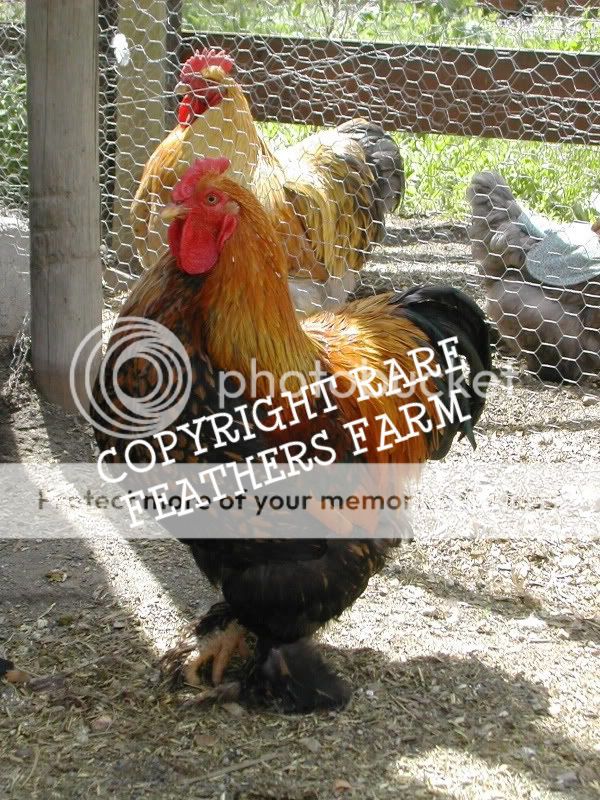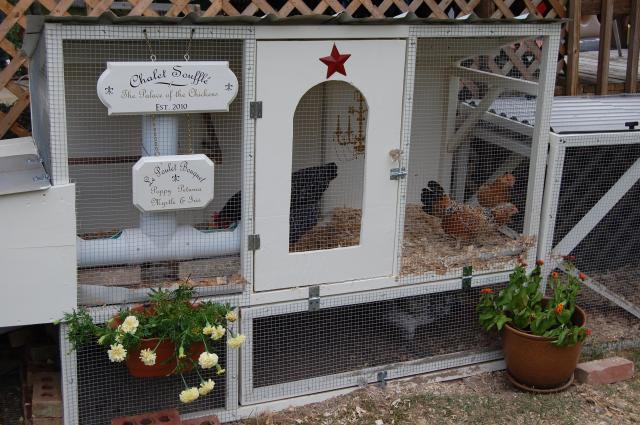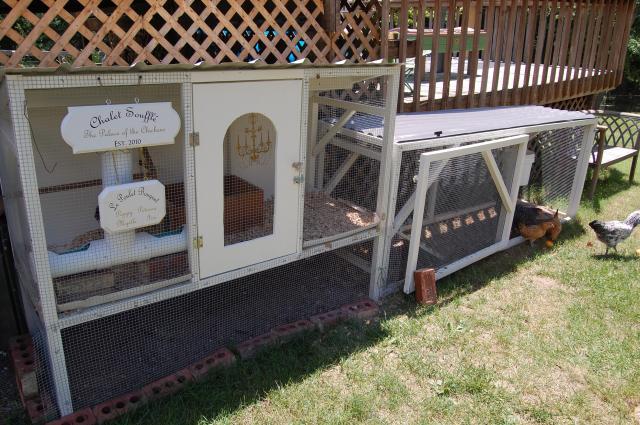Any form of plastic will allow a good deal of condensation and that is what you want to avoid. I have covered some of my vents with cotton canvas to help keep in the warmth and block wind. The cotton still "breathes" so you will not have condensation build up.
This has worked very well for me.
Jenny
This has worked very well for me.
Jenny







